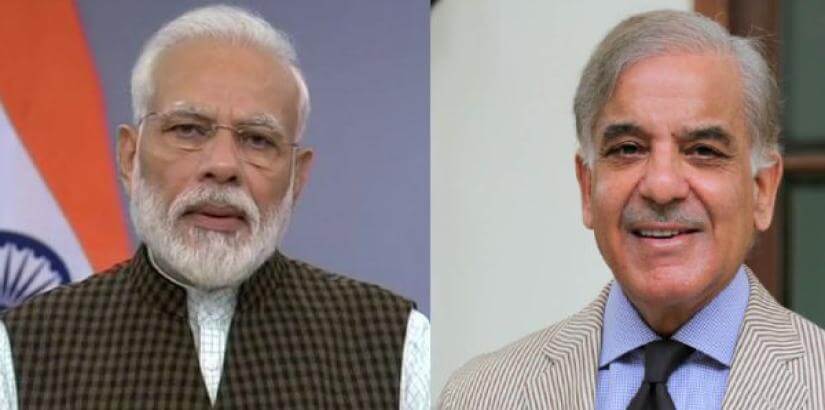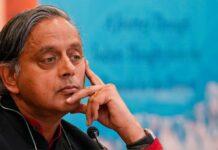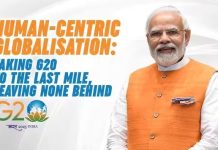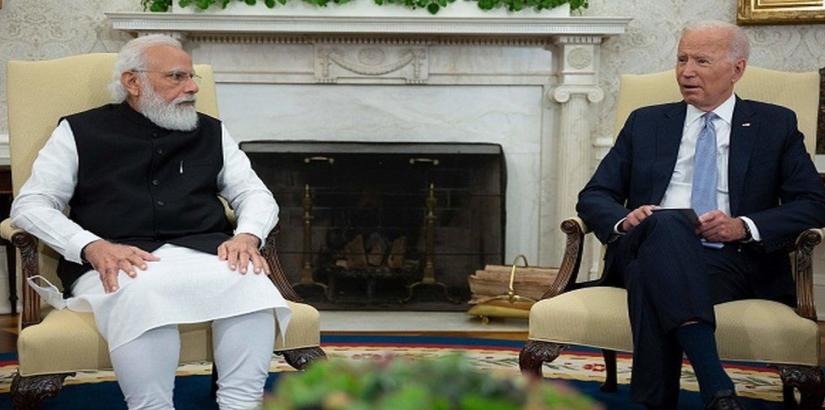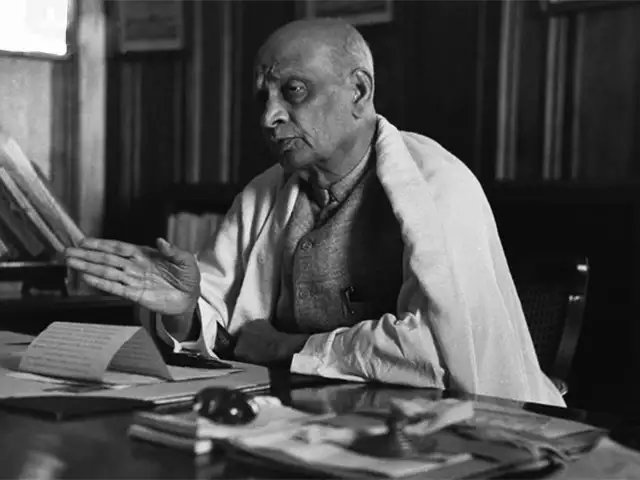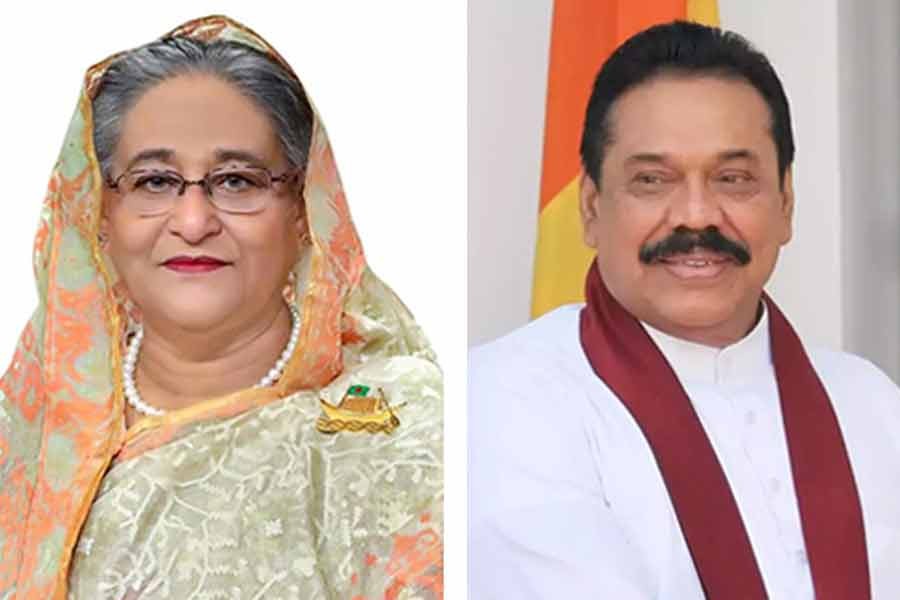Tarun Basu
“Sport unites! What a lovely moment! Cricket has boundaries on the field, but it breaks them all off the field!” So tweeted Indian sporting icon Sachin Tendulkar after images and videos surfaced on social media from New Zealand last month showing Indian women cricket players, who had moments earlier defeated the Pakistani team on the field in the women’s World Cup match, milling happily around Pakistani cricket captain Bismah Maroof as she held her eight-month-old daughter Baby Fatima in her arms.
The cross-border sporting camaraderie between politically antagonistic and militarily hostile nations got enthusiastic thumbs up on social media with a noted Indian television anchor tweeting: “If only we could take politics out of the hostile equations with our neighbor! And focus on people-to-people contacts!”
If only…
The political reality kicked in soon enough. Barely 48 hours after this widely publicized vignette, India’s Foreign Secretary Harsh Vardhan Shringla said Pakistan would continue to be an “exception” to India’s “Neighborhood First Policy”. India desires “good relationship” with Pakistan, Shringla said, “but not at the expense of our security”.
Shringla enunciated the government’s policy clearly in an address to the country’s budding diplomats: “The Neighborhood First Policy, at the instance of the Prime Minister, accords the highest priority to our relations with Afghanistan, Bangladesh, Bhutan, Nepal, the Maldives, Myanmar, Pakistan, and Sri Lanka. It is these countries – with the exception of Pakistan – that we work most closely with.”
‘Trapped in history’
In an implied reference to Pakistan, and why New Delhi found it difficult to improve ties with Islamabad, Shringla said: “Some of our neighbors remain trapped in interpretations of history that do not allow them to adopt a progressive vision for the region.”
India has consistently maintained, especially under the Modi government, that it will not talk to Pakistan unless it decided to forswear terrorism directed at India, either overtly or covertly. India has had this policy for long, but it broke with it in the past to talk to Pakistan as when former prime minister Atal Bihari Vajpayee, a great proponent of peace in the subcontinent, gave his famous “hand of friendship” address in Srinagar, Kashmir, in 2003.
Then came the historic Lahore visit where Vajpayee implicitly accepted the ‘idea of Pakistan’, but the Kargil betrayal, the failed Agra talks, and relations were back to square one. There were some official as well as backchannel confabulations in the Manmohan Singh era, with credible accounts suggesting that the two sides were on the verge of a major breakthrough on Kashmir, when Gen Pervez Musharraf was forced to step down in August 2008 in the face of a snowballing lawyers’ protest.
But Modi, though belonging to the same Bharatiya Janata Party lineage, has adopted a much tougher line on Pakistan after being rebuffed days after he made a surprise stopover in Lahore in December 2015 on his return journey from Kabul. The idea was to meet Prime Minister Nawaz Sharif on the pretext of attending his granddaughter’s wedding reception, to which Sharif had invited him, and in the process, he caught the foreign office establishment of both countries – and in Pakistan’s case even its powerful military – by surprise, which was not to their liking.
Then came a series of cross-border attacks on Indian military establishments leading to India hardening its position and said it will not talk with Pakistan till terrorism stops.
Risk of conflict
Even the US recognizes that and, in the latest threat assessment by American intelligence, it has concluded that under Prime Minister Narendra Modi India is more likely than in the past to respond with military force to any real or perceived Pakistani provocations.
The report released by the Office of Director of National Intelligence (ODNI) said: “Pakistan has a long history of supporting anti-India militant groups; under the leadership of Prime Minister Narendra Modi, India is more likely than in the past to respond with military force to perceived or real Pakistani provocations, and each side’s perception of heightened tensions raises the risk of conflict, with violent unrest in Kashmir or a militant attack in India being potential flashpoints.”
With the change of government in Pakistan, there have been some reports speculating on a possible thaw in ties. Despite the obligatory mention of thorny issues of terrorism and Jammu and Kashmir, the tone of the two leaders, Pakistan’s new Prime Minister Shehbaz Sharif and Modi, in the initial public exchanges marked a change in comparison to the last few years when former prime minister Imran Khan made acerbic comments against Modi, the ruling BJP and RSS.
These developments, if seen with some recent comments by Pakistan Army Chief General Qamar Javad Bajwa, which are in the line with the earlier recommendations made in Pakistan’s first-ever National Security Vision documents, suggest a seemingly mutual desire to reduce bilateral tensions and perhaps make some headway in breaking the ice.
There are both peace proponents and conflict hardliners on both sides, and with elections looming in both countries – Pakistan in 2023 and India in 2024 – the window for political reconciliation seems small.
Time to shake hands
But both countries realize that the world is changing fast and war cannot be a solution. Only by working together as neighbors – like India is doing with Sri Lanka, Bangladesh, the Maldives, Nepal and Bhutan – can there be scope for mutual betterment and social advancement.
The space for bilateral normalization has shrunk after the Modi government’s unilateral revocation of Kashmir’s special status and ongoing attempts to change the Muslim demography of Indian-occupied Kashmir, says Jinnah Institute, an Islamabad based think tank and it feels that the “needle will likely only shift with a change of government in India”.
That’s pretty wishful thinking in the current political climate in India, where Modi is becoming more powerful by the day, and even Western powers have to defer to Modi, despite their liberal establishment’s unhappiness with his authoritarian functioning and neutral stance on the Ukraine war.
Recent developments also indicate that both India and Pakistan are trying to bridge distances. “India is examining Pakistan requests beyond Indus Water Treaty provisions on flood flows as a gesture of goodwill,” an unnamed India official was recently quoted as saying in the media.
India has been providing information to Pakistan on extraordinary discharges of water from reservoirs and flood flows every year as mandated in the Indus Water Treaty but this year it has agreed to provide information beyond treaty provisions in recent talks held in Islamabad.
Lessening hostility
According to him, both India and Pakistan acknowledge that they need to work out their differences on their own. In fact, the National Security Policy document released by Pakistan Army under its “policy of peace” at home and abroad states that “it wishes to improve its relationship with India”.
Even a recent statement of its Army Chief said that they are not averse to the demilitarization of Siachen. Both statements are being seen by senior Indian officials as neighbors softening stance towards each other.
Last year’s opening of Kartarpur is another sign that both nations are inching towards lessening hostility towards each other. As a special gesture both India and Pakistan allowed truck convoys carrying wheat as humanitarian aid for Afghanistan recently too.
Despite many challenges, the two armies have managed to largely enforce the ceasefire along the Line of Control for well over a year, a commendable achievement.
But peace in the subcontinent can only come with a change in mindsets. There are millions of people on both sides who do not wish to be victims of history, and who desire freer travel, more social, professional, cultural and academic engagement, and who, like Sapan, idealistically seek to “reclaim South Asia” by calling for “a visa-free South Asia or confederation of nations with soft borders”.
Cynics would ridicule their ‘charter’ as delusional in the current ‘frozen’ state of bilateral affairs, but as former Indian President APJ Abdul Kalam said: “You have to dream, before your dreams can be true”. If only the leaders on both sides would listen for once to the voices of young people and the dreamers, and not be swayed by the fanatics, warmongers and those chained to conflicts and dogmas of the past, no time can be short enough to make a new beginning, not just for India and Pakistan, but for the two billion people of South Asia.
(The author is a veteran journalist, author and editorial adviser, South Asia Monitor). South Asia Monitor

